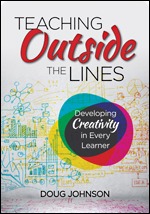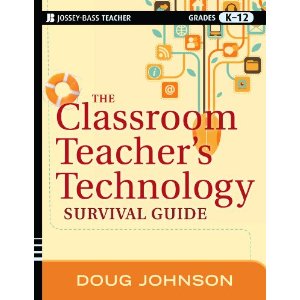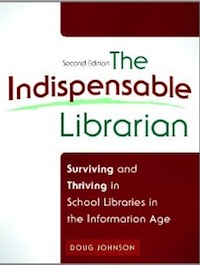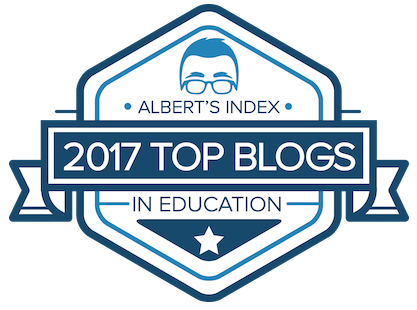Rubrics for Restructuring 2012 1 and 2
 Wednesday, March 21, 2012 at 10:46PM
Wednesday, March 21, 2012 at 10:46PM  Over the next few days, I will be updating my 2002 Rubrics for Restructuring. To see the originals and how they can be used read "Now that you know the basics."
Over the next few days, I will be updating my 2002 Rubrics for Restructuring. To see the originals and how they can be used read "Now that you know the basics."
I. Instructional software use (NETS III. A, III.D) (NETS 2 a, b, c, d)
Level 1 I do not use instructional software as a part of my instructional program, nor am I aware of any titles that might help my students meet their learning goals.
Level 2 I use a few computer programs as an instructional supplement, as a reward, or with special needs children.
Level 3 I regularly use several programs (drill and practice, simulations, tutorials, etc.) chosen by my department or grade level to help all my students meet specific, identified learning objectives. The software and apps (applications on portable devices) allow me to teach and/or to reinforce concepts more effectively than traditional methods. When it is available, I use the software’s management system to help assess individual student performance. When expected, I use the school’s integrated learning system in a purposeful way and help assess its overall effectiveness. I am knowledgeable about game theory and know the role gaming can play in motivating and engaging learners.
Level 4 I seek out new programs for evaluation and adoption. I have found ways to use instructional applications on student owned devices to supplement my teaching. I know sources of software reviews and keep current on developments in computer technologies through professional reading and conference attendance. I share my findings with other professionals.
Note: Since 2002, gaming has received more attention but does not seem to have lived up to its promise. As gaming goes more social, will this change??? Integrated learning systems are standard in some schools - often those that serve lower socio-economic populations. The use of these programs needs to be carefully considered. Your take on this set of competencies?
II. Using technology to improve student writing (NETS II.B.) (NETS 1 c, 2 a)
Level 1 I am not familiar any technologies that would allow me to help my students improve their writing skills.
Level 2 I ask that the final draft of some student writing assignments be word-processed. I do not expect or encourage my students to compose or edit using the computer.
Level 3 I help students use the computer in all phases of the writing process from brainstorming to editing to publishing. This may included the use of idea generators, graphic organizers, portable writing computers, personally-owned technologies, outlining tools, spelling and grammar checkers, desktop publishing tools, and webpage generators. Students use cloud-based tools such as GoogleDocs to do collaborative writing and peer editing work. I use technology to help students share their work for a wide global reading audience in safe and appropriate ways. I can find and use best practices data on improving writing with technology.
Level 4 I store portfolios of my students’ work electronically. I encourage students to build digital portfolios of their own work. I share successful writing units with others through print and electronic publishing, through social media tools, and through conference presentations and workshops. I look for specific technology tools for helping my students improve their writing skills.
Note: My sense is that at many schools, the hand-written paper is the exception rather than the rule. But are we yet using technology to improve the writing process? Should this rubric be renamed digital composition with the effective use of other media included? Your thoughts?









Reader Comments